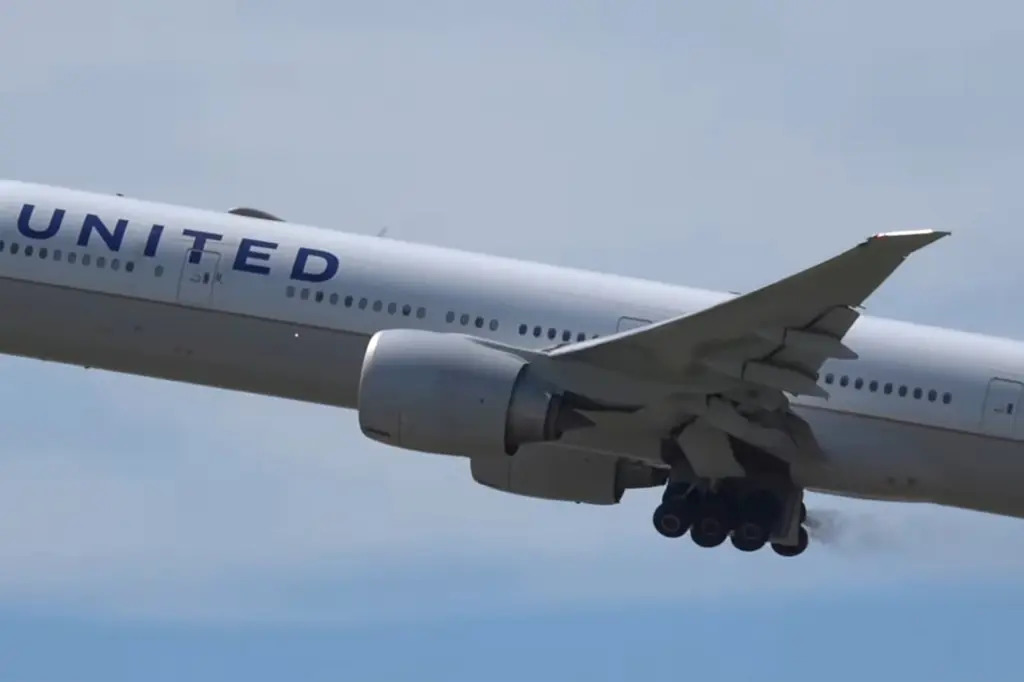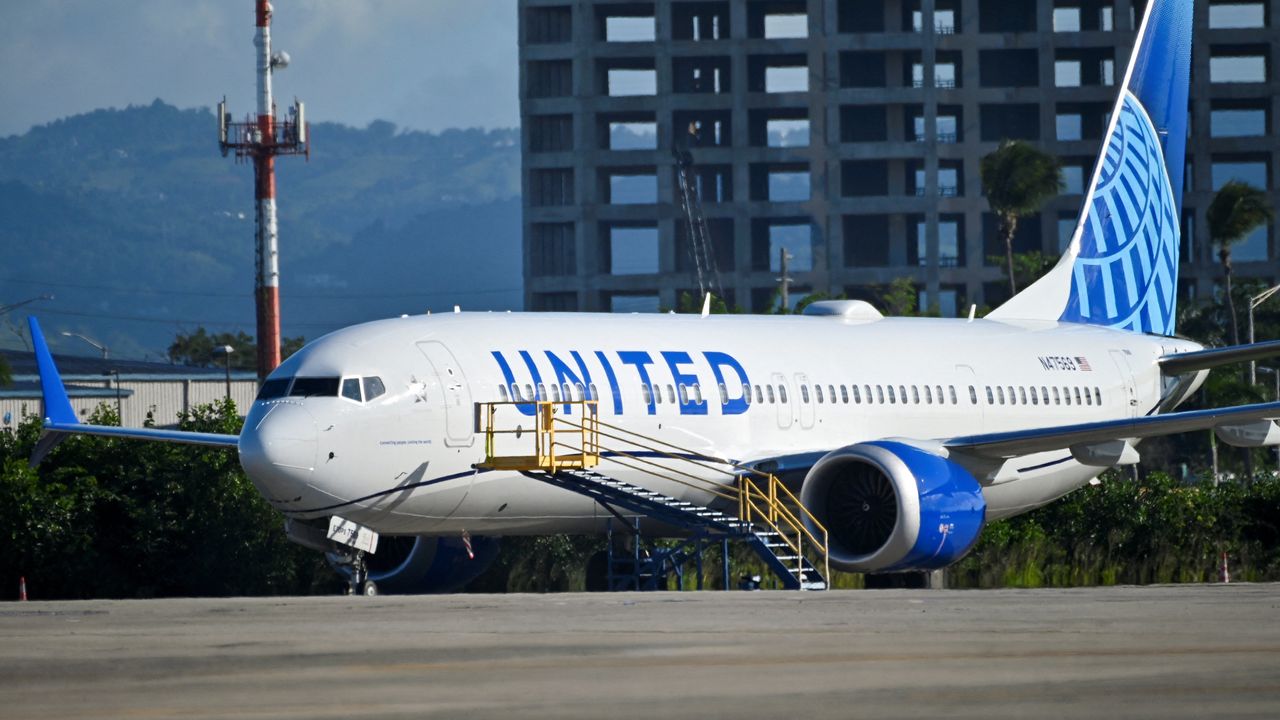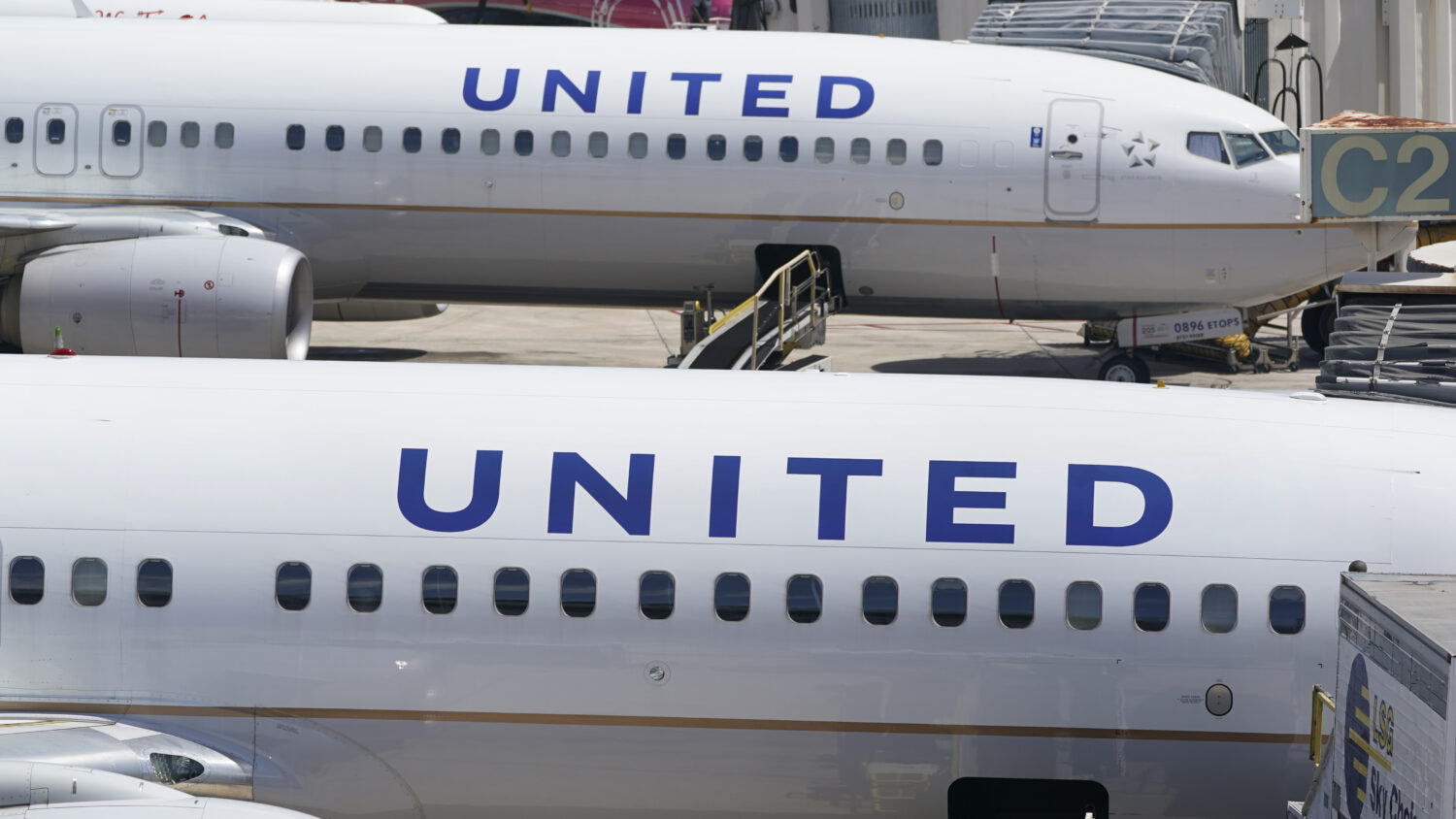United Airlines Faces US Scrutiny: United Airlines under intense US scrutiny for a cascade of safety blunders jeopardizing passenger security. Recent incidents uncover systemic failures and raise alarming questions about the airline’s commitment to safety. Calls for immediate overhaul of safety protocols to salvage tarnished reputation. United’s reassurances of enhanced safety measures face skepticism amidst mounting doubts. Could these lapses mark the beginning of a downward spiral for the once-prestigious airline? The truth behind United’s safety woes and the implications for travelers may surprise you.
United Airlines Faces Increased Regulatory Scrutiny
Amid a series of safety incidents, United Airlines finds itself under heightened regulatory scrutiny from the Federal Aviation Administration (FAA), casting doubt on the airline’s safety protocols. The recent string of safety mishaps has raised serious concerns about United Airlines’ ability to prioritize passenger safety above all else. The FAA’s decision to intensify oversight comes as a stark warning to the airline, signaling that the regulatory body has significant reservations about the current state of affairs within the company.
United Airlines, once considered a stalwart in the aviation industry, now faces a tarnished reputation as safety lapses continue to mar its operations. The increased regulatory scrutiny serves as a wake-up call for United Airlines to reevaluate and revamp its safety procedures to regain the trust of both passengers and regulators. Failure to address these issues promptly and effectively could result in severe consequences for the airline, potentially leading to further sanctions or even a loss of operating privileges. United Airlines must swiftly take corrective action to rectify its safety woes and restore confidence in its operations.
Series of Safety Incidents
United Airlines has recently encountered a troubling series of safety incidents, raising significant concerns about the airline’s operational integrity. The discovery of a missing external panel from a United aircraft in Oregon, followed by a Boeing 737 MAX veering off in Houston, and a Boeing 777-200 experiencing tire loss en route to Japan, all within a span of two weeks, paints a distressing picture of United Airlines’ safety standards.
These incidents are not mere hiccups but glaring red flags that demand immediate attention and action. The frequency and severity of these mishaps cannot be overlooked, especially considering the potential catastrophic outcomes that could have ensued. United Airlines must be held accountable for these lapses in safety protocol, and the Federal Aviation Administration (FAA) must make sure rigorous oversight to prevent any further compromises in passenger safety.
The airline’s reputation and, more importantly, the lives of its passengers are at stake. United Airlines must swiftly address these safety concerns before irreparable damage is done.
ALSO READ: Boeing Eyes Airbus Shift: Spirit Aero Deal Brewing
Response from United and the FAA
The recent safety incidents plaguing United Airlines have sparked a necessary reassessment of operational practices, prompting both the airline and the FAA to respond with promises of enhanced safety measures and rigorous oversight. United’s corporate safety vice president, Sasha Johnson, highlighted the need for a thorough review of operational processes, manuals, and facilities to guarantee safety standards are maintained. On the other side, FAA Administrator Mike Whitaker expressed confidence in CEO Scott Kirby’s cooperation and affirmed the agency’s commitment to closely monitor United Airlines to ensure compliance with regulations and effective safety management.
| United’s Response | FAA’s Response |
|---|---|
| Acknowledged the need for reassessment | Intention to scrutinize United closely |
| Openness to FAA’s increased involvement | Confidence in CEO’s cooperation |
| Emphasized enhanced safety measures | Commitment to monitor all operations |
| Promised rigorous oversight | Ensuring compliance with regulations |
| Will review work processes, manuals, and facilities | Monitoring for effective safety management |
Broader Aviation Safety Concerns
In the domain of aviation safety, a wider perspective reveals systemic vulnerabilities that require immediate attention and proactive intervention. The recent incidents involving United Airlines and Alaska Airlines are just the tip of the iceberg, shedding light on more profound issues plaguing the aviation industry. These broader aviation safety concerns demand urgent action to safeguard passengers and uphold the integrity of air travel.
- Assurance: Airlines and manufacturers must be more transparent about safety procedures and incident reporting to build trust with the flying public.
- Regulatory Oversight: Regulatory bodies like the FAA need to ramp up oversight and enforcement to guarantee compliance with safety standards across the board.
- Technology Integration: The industry must invest in cutting-edge technology and data analytics to identify potential risks proactively and prevent accidents before they occur.
The time for complacency is over; the aviation sector must confront these challenges head-on to assure the safety and security of all those who take to the skies.
News in Brief
United Airlines’ safety record is under intense scrutiny following a series of incidents. The airline’s response, along with the FAA’s oversight, leaves much to be desired.
This raises broader concerns about aviation safety as a whole. The spotlight is now on United Airlines to address these issues promptly and transparently before more lives are put at risk.
The flying public deserves better, and it’s time for the airline industry to prioritize safety above all else.
Our Reader’s Queries
Q. Who has responsibility to protect the aviation industry in the United States?
A. The FAA’s mission encompasses regulating civil aviation and U.S. commercial space transportation, managing air traffic control and navigation systems for civil and military aircraft, and overseeing aviation safety programs and the National Airspace System.
Q. How well is United Airlines rated?
A. United Airlines is an American carrier. According to frequent travelers, the airline receives an average rating of 6.8/10, which falls below the general average. Notably, the rating has been on a downward trend over the past 12 months.
Q. Who controls airline safety?
A. The Federal Aviation Administration (FAA) is a U.S. federal government agency under the U.S. Department of Transportation. Its primary responsibility is to regulate civil aviation within the United States and adjacent international waters.
Q. Who is ultimately responsible for aircraft safety?
A. The pilot in command (PIC) of an aircraft is the individual on board responsible for its operation and safety throughout the flight. In a standard two- or three-pilot aircrew setup, the PIC is typically the captain. If there’s only one certified and qualified pilot at the controls, that pilot assumes the role of the PIC.



